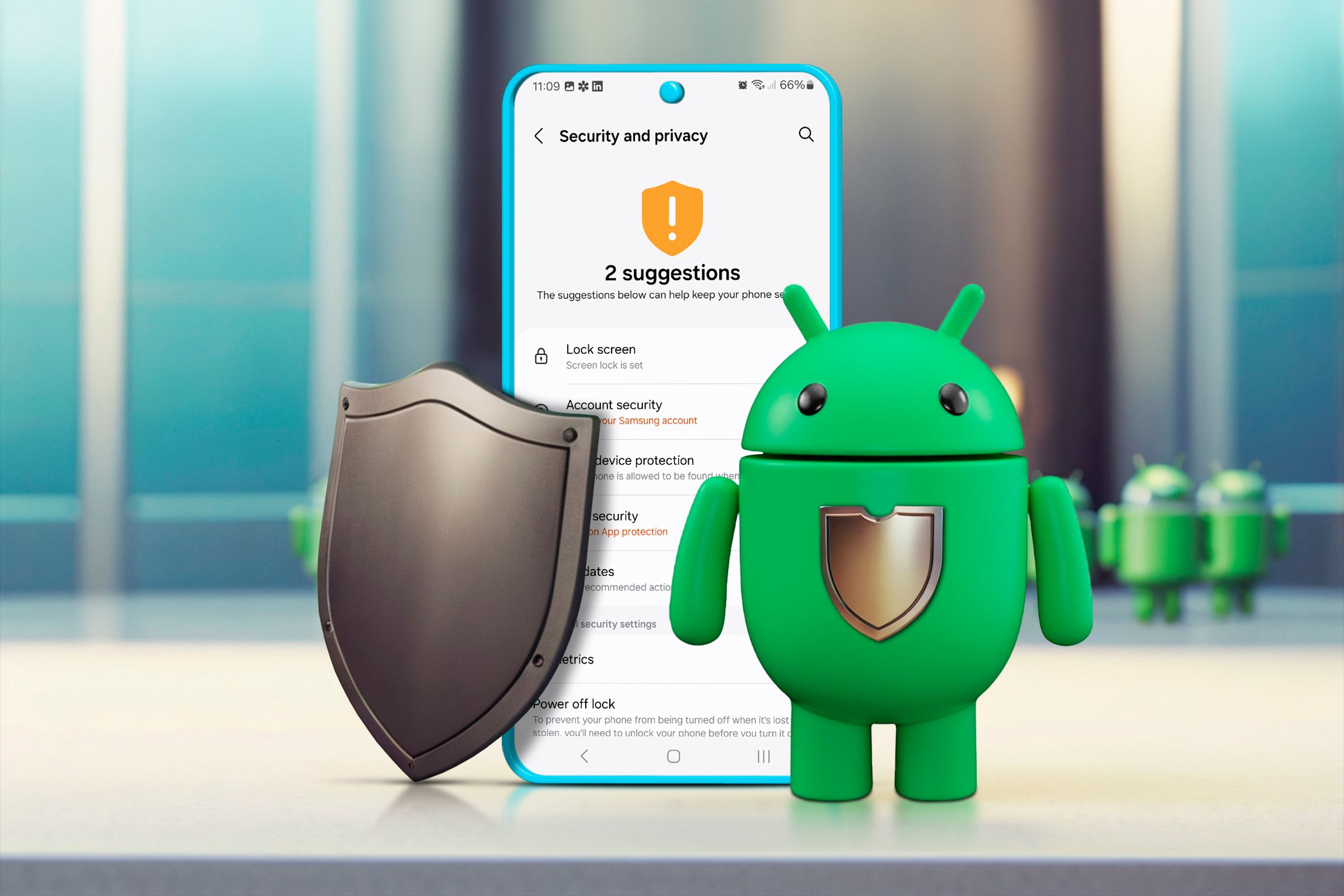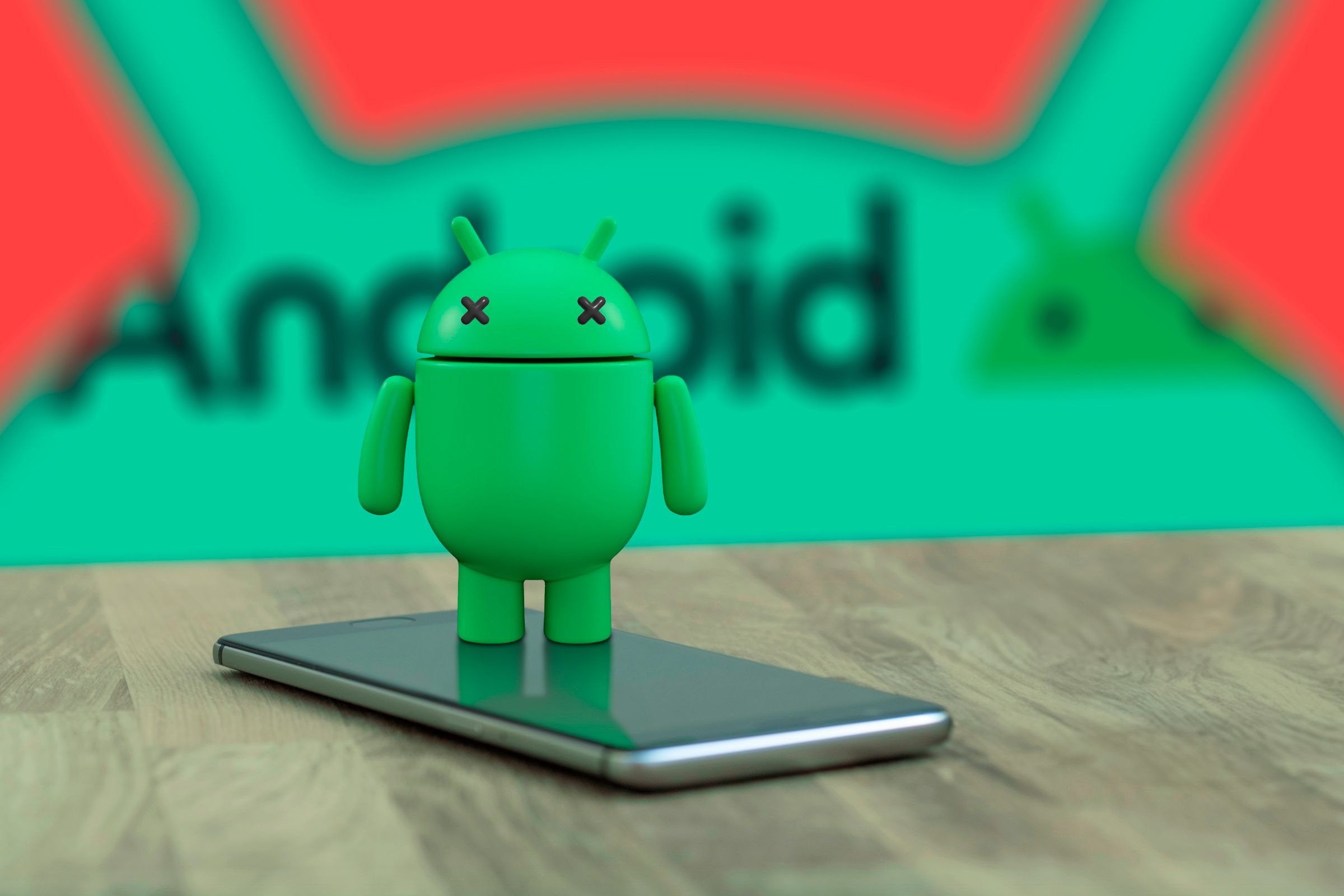Tech News
7 Things You Should Know Before Switching to GrapheneOS
Quick Links
Security and privacy are the top concerns for most people these days. With everyone wondering what data their phone collects about them, maybe it's time to consider switching to a privacy-based OS like GrapheneOS. If you're planning to switch, you should know a few things.
What’s GrapheneOS?
GrapheneOS is a secure, privacy-first mobile operating system based on Android but with advanced security features. While many privacy-focused systems require expertise, GrapheneOS is designed for both tech enthusiasts and regular users alike. The goal is to give you better control over your data while maintaining usability.
What makes it even better? It’s free and open-source, meaning anyone can inspect the code, contribute improvements, or use it. If you're concerned about who has access to your data, open-source systems are a great place to start because they’re transparent.
The Privacy Perks You’ll Love
Imagine a phone where apps don’t sneakily collect your information. That’s exactly what GrapheneOS offers. Out of the box, apps cannot access your data or hardware unless you grant them permission. Even Google’s services operate within strict boundaries if you use them. Apps will need explicit approval to use features like location or access contacts.
Another highlight is end-to-end encryption, ensuring your data remains secure even in storage. Revocable permissions let you change app permissions at any time, whether to stop apps from tracking your location or accessing your camera when you’re not using it.
GrapheneOS also protects against common security threats. The OS has built-in defenses, like randomized MAC addresses, making tracking your device across different networks harder. MAC addresses are used on both Bluetooth and Wi-Fi connections, so this randomization process keeps you safe no matter how you're connected.
That Sounds Great! But Will It Work on My Phone?
Currently, GrapheneOS is supported on Google Pixel devices only, and for good reason. Pixel phones have strong hardware-based security features, like Titan M Security chips, making them ideal for an operating system like GrapheneOS. If you own a Pixel 3 or newer, you can easily install GrapheneOS.
You might be as curious about this as I was, but why's it limited to Google Pixel devices? Google’s hardware provides enhanced security to make the OS work as intended. The good news is that future updates might expand to other phones, but the Pixel is now the gold standard.
If you don’t have a Pixel phone, installation on other devices is theoretically possible, but it comes with risks. You may lose out on the vital security benefits that make GrapheneOS so appealing in the first place. Even the official documentation suggests that it should be installed on a Pixel and doesn't offer support for anyone intending to install it on a non-Pixel device, so be warned.
Most Apps are Compatible, But Some May Need Alternatives
One of the first concerns when switching operating systems is app compatibility. Will your favorite apps work on GrapheneOS? While it doesn’t include Google Play Services by default, you can install a sandboxed version of Google Play. Sandboxes are strictly controlled environments that limit an application's access to your data. This ensures you can still use popular apps like YouTube or WhatsApp without compromising privacy.
That said, some apps depend heavily on Google’s infrastructure. You may need to look for privacy-friendly alternatives for apps that require Google Play Services to function. For instance, some banking apps may not run smoothly without those services. To help users, there's a populated and maintained list of banking apps that work on the OS. In any case, there are usually alternatives, and the GrapheneOS community is helpful when offering workarounds.
It Feels Almost Like Android... But It Isn't
Switching to GrapheneOS feels a lot like using standard Android but with some privacy-enhanced tweaks. The interface will seem familiar if you’ve used an Android phone before, so the learning curve is minimal. However, you will need to familiarize yourself with new privacy controls, such as granular permission management for apps.
While some users miss the convenience of Google services, they often find the trade-off worth it for an ad-free, decluttered experience. Imagine browsing without trackers following you everywhere or your phone’s performance lagging because of ads. That's the kind of freedom GrapheneOS promises.
At its core, GrapheneOS empowers you to control your own data. Learning these new tools might take a little time, but the satisfaction of knowing your phone is truly yours makes it worth the adjustment. While it's not nearly as customizable as an Ubuntu kernel, it's still easy to make your GrapheneOS look and feel exactly how you want it to, within reason.
Help Is Always Right Around The Corner
One of the best things about GrapheneOS is how frequently it gets updated. Regular updates mean you’re protected from the latest security threats. What's more, these updates don't throw you for a loop since they keep the phone in more or less the same state regarding user interface. Unlike some Android devices, where updates can be delayed for months, GrapheneOS pushes updates quickly.
The OS also has a dedicated community of users and developers. You can seek help through official forums and chats if you run into any issues. Whether you’re troubleshooting app compatibility or learning new features, there’s always someone ready to offer tips.
What If I Don't Like GrapheneOS and Want to Switch Back?
Not ready for a long-term commitment? That’s okay! If you decide GrapheneOS isn’t for you, switching back to Android is entirely possible. Just make sure to back up your data before switching. Reverting to stock Android is straightforward, but you may lose some of the additional privacy features of GrapheneOS. Still, the option to return gives you the flexibility to test the OS without feeling locked in.
Is GrapheneOS the Right Choice for You?
If you’re the kind of person who values privacy and security above all else, GrapheneOS could be a great fit. Google already collects a lot of your data, so getting an OS that doesn't spy on you would be a change. However, switching comes with a few trade-offs, especially if you rely on Google’s ecosystem. Think of it as a balancing act between convenience and control. While you won’t have seamless access to all Google services, you’ll enjoy a more private, secure mobile experience.
When you subscribe to the blog, we will send you an e-mail when there are new updates on the site so you wouldn't miss them.


 Lucas
Gouveia
/
How-To
Geek
Lucas
Gouveia
/
How-To
Geek Jason
Montoya
/
Andrew
Heinzman
/
How-To
Geek
Jason
Montoya
/
Andrew
Heinzman
/
How-To
Geek Lucas
Gouveia
/
How-To
Geek
|
quietbits
/
Lucas
Gouveia
/
How-To
Geek
|
quietbits
/

Comments